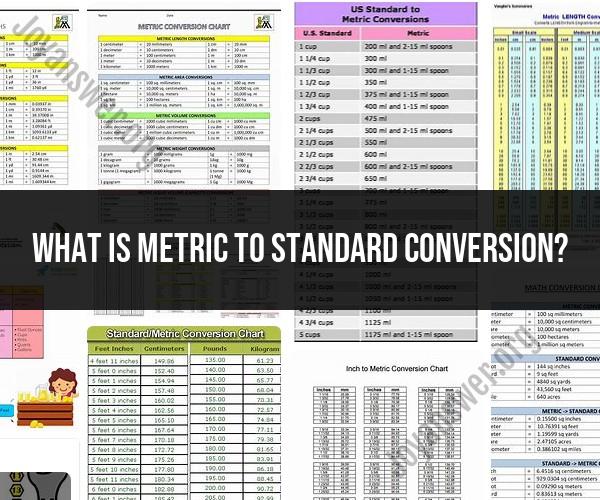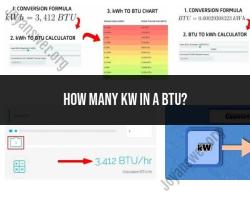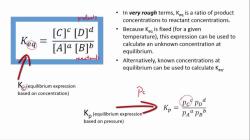What is metric to standard conversion?
Metric to standard conversion refers to the process of converting measurements from the metric system, which uses units such as meters, kilograms, and liters, into the imperial or U.S. customary system, which uses units like feet, pounds, and gallons. This conversion is often necessary when dealing with measurements in different systems, especially in international contexts or when working with equipment that uses different units.
Here are some common metric to standard conversions for length, mass, and volume:
Length:
- 1 meter (m) is approximately equal to 3.281 feet (ft).
- 1 centimeter (cm) is equal to 0.3937 inches (in).
Mass (Weight):
- 1 kilogram (kg) is approximately equal to 2.205 pounds (lb).
- 1 gram (g) is equal to 0.0353 ounces (oz).
Volume:
- 1 liter (L) is approximately equal to 0.2642 gallons (gal).
- 1 milliliter (mL) is equal to 0.0338 fluid ounces (fl oz).
It's important to note that these conversions are approximate because the metric and standard systems are based on slightly different definitions of their base units. When precise conversions are required, conversion factors may be used to maintain accuracy. Additionally, certain industries and regions may have specific conversion factors or variations, so it's essential to be aware of any applicable standards or regulations when converting between these measurement systems.
Metric to Standard Conversion: Explained and Demonstrated
The metric system is a decimal system of measurement that is used by most countries in the world. The standard system of measurement is used in the United States and a few other countries.
To convert metric measurements to standard units, you can use the following steps:
- Identify the metric unit that you want to convert.
- Find the conversion factor for the metric unit.
- Multiply the metric unit by the conversion factor.
- Round the answer to the appropriate number of decimal places.
For example, to convert 10 meters to feet, you would use the following steps:
- Identify the metric unit that you want to convert: meters
- Find the conversion factor for the metric unit: 1 meter = 3.28084 feet
- Multiply the metric unit by the conversion factor: 10 meters * 3.28084 feet/meter = 32.8084 feet
- Round the answer to the appropriate number of decimal places: 32.81 feet
Here is a table of some common metric-to-standard conversions:
| Metric unit | Standard unit | Conversion factor |
|---|---|---|
| Meter | Foot | 1 meter = 3.28084 feet |
| Kilometer | Mile | 1 kilometer = 0.621371 miles |
| Centimeter | Inch | 1 centimeter = 0.393701 inches |
| Millimeter | Inch | 1 millimeter = 0.0393701 inches |
| Kilogram | Pound | 1 kilogram = 2.20462 pounds |
| Gram | Ounce | 1 gram = 0.035274 ounces |
| Liter | Gallon | 1 liter = 0.264172 gallons |
Converting Metric Measurements to Standard Units
To convert metric measurements to standard units, you can use a variety of tools and resources. One common way to convert metric measurements is to use a conversion table. Conversion tables can be found in many books and online resources.
Another way to convert metric measurements is to use a conversion calculator. Conversion calculators are available online and on many smartphones.
Finally, you can also convert metric measurements by hand. To do this, simply multiply the metric unit by the appropriate conversion factor.
Understanding and Performing Metric-to-Standard Conversions
It is important to understand the difference between the metric system and the standard system of measurement when converting between the two systems. The metric system is a decimal system, while the standard system of measurement is not. This means that it is easier to convert between metric units than it is to convert between standard units.
When performing metric-to-standard conversions, it is important to be careful with rounding. You should round the answer to the appropriate number of decimal places, depending on the context in which you are using the measurement.












